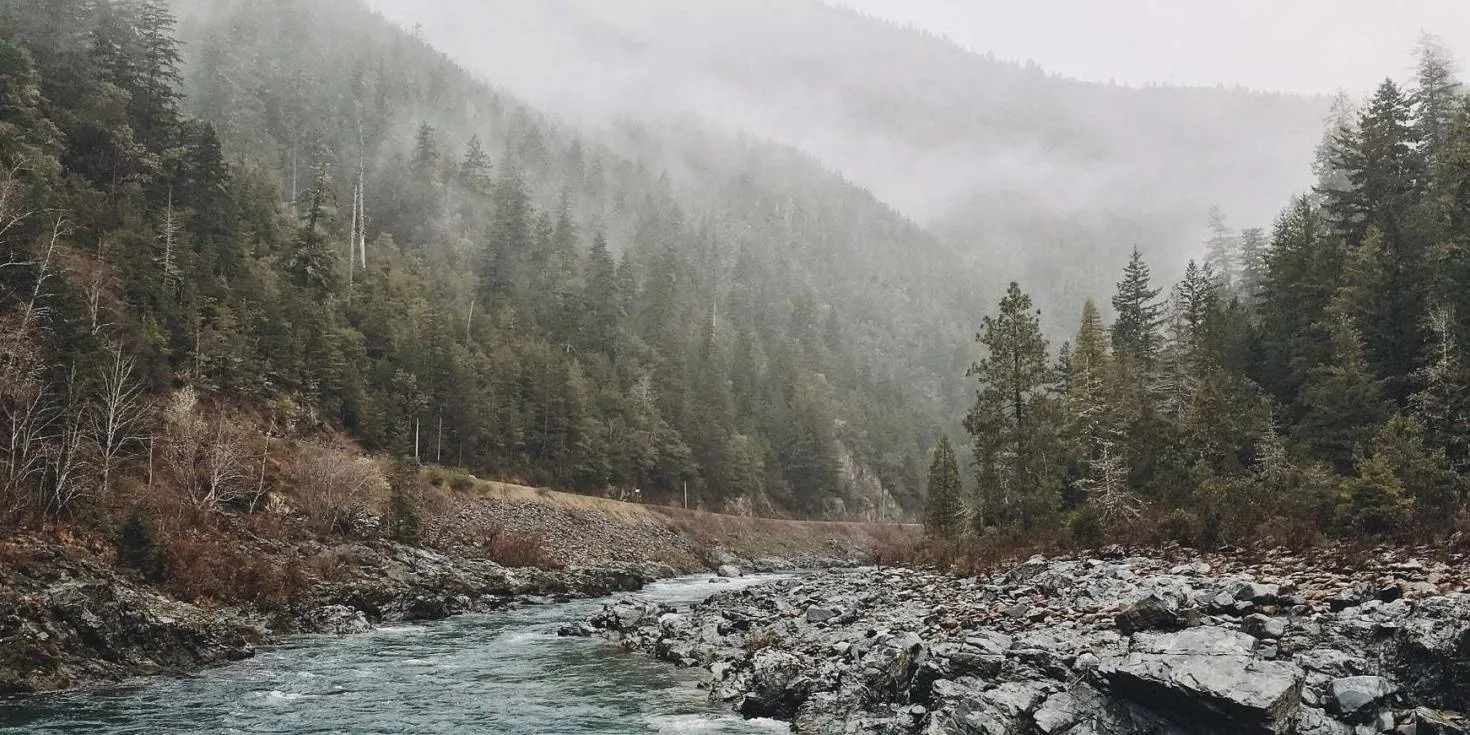Today, we're going to embark on an enthralling journey through the intricacies of outdoor survival techniques that are essential for anyone who loves to embrace the great outdoors. Whether you're a seasoned wilderness survival adventurer or a novice stepping into the wild for the first time, the survival skills we're about to dive into are quintessential for your safety and enjoyment.
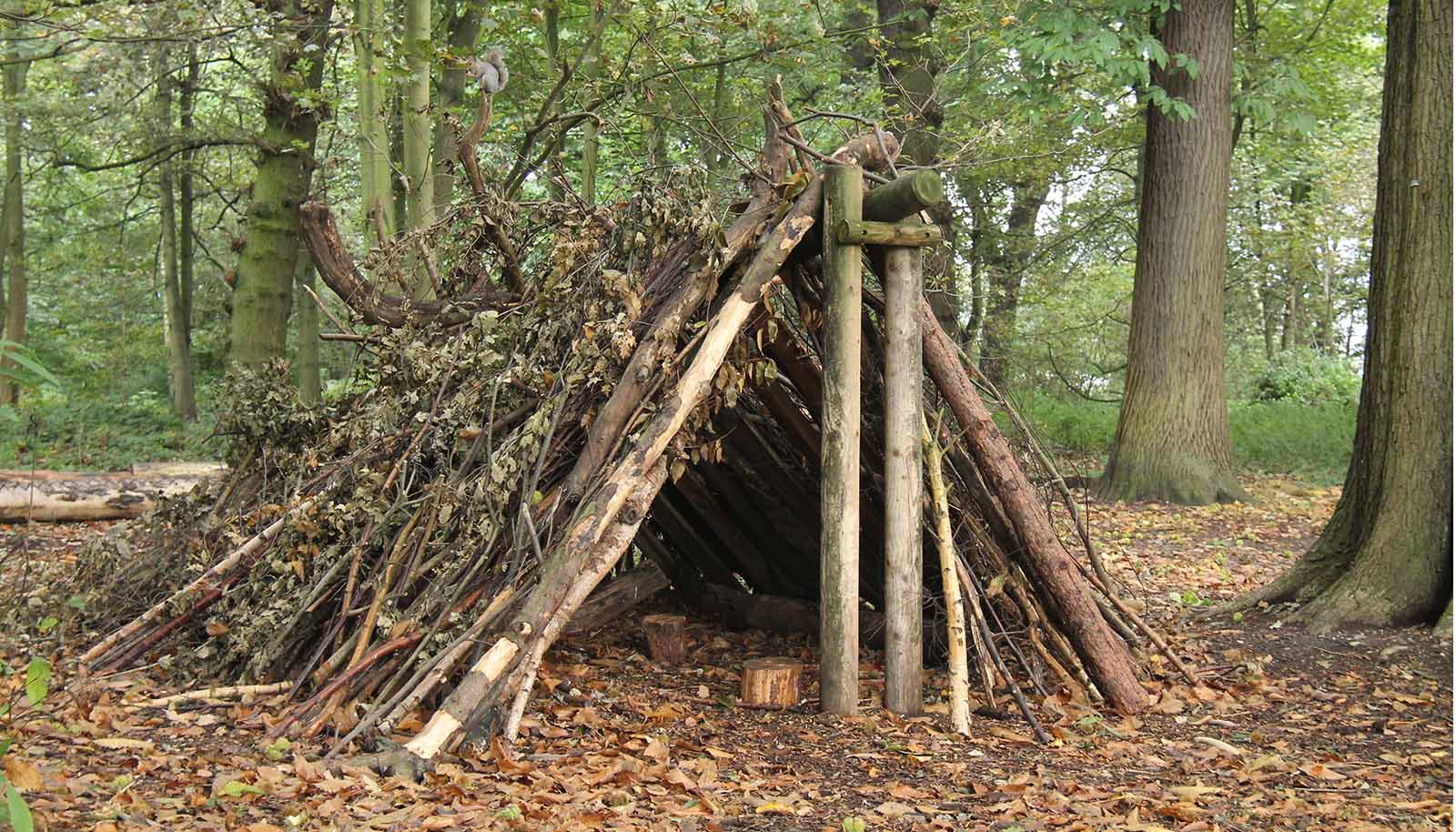
Mastering the Basics: Fundamental Outdoor Survival Skills
One cannot emphasize enough the importance of basic survival skills. These are your foundation, your starting point, where every unexpected journey begins. Let's break these down:
Shelter Building - Your Sanctuary in the Wild
Why Shelter Matters: In any survival situation, whether you're in the dense forests of North America or the rugged terrains elsewhere, shelter is paramount. It protects you from the elements, be it the scorching sun leading to heat exhaustion or an unforeseen natural disaster.
Constructing a Debris Hut: A debris hut is a survival technique which is a quick and efficient form of shelter leveraging the available materials around you. Pine needles, leaves, and branches can create an insulating cocoon that could be lifesaving.
Fire Mastery - The Warmth of Life
Essential Fire Basic Skills: Starting and maintaining a fire is critical for warmth, cooking survival food, and signaling for help in an emergency situation. Understanding fire safety and fire building is non-negotiable.
Natural Fire Starters: Birch bark, dry grass, and even certain types of tinder fungus serve as excellent fire starters. Knowing how to identify and use these resources is an essential skill.
Advanced Techniques: The bow drill, for instance, is an ancient method requiring skill and patience. But with the right know-how, you can ignite a spark using just wood and cordage.
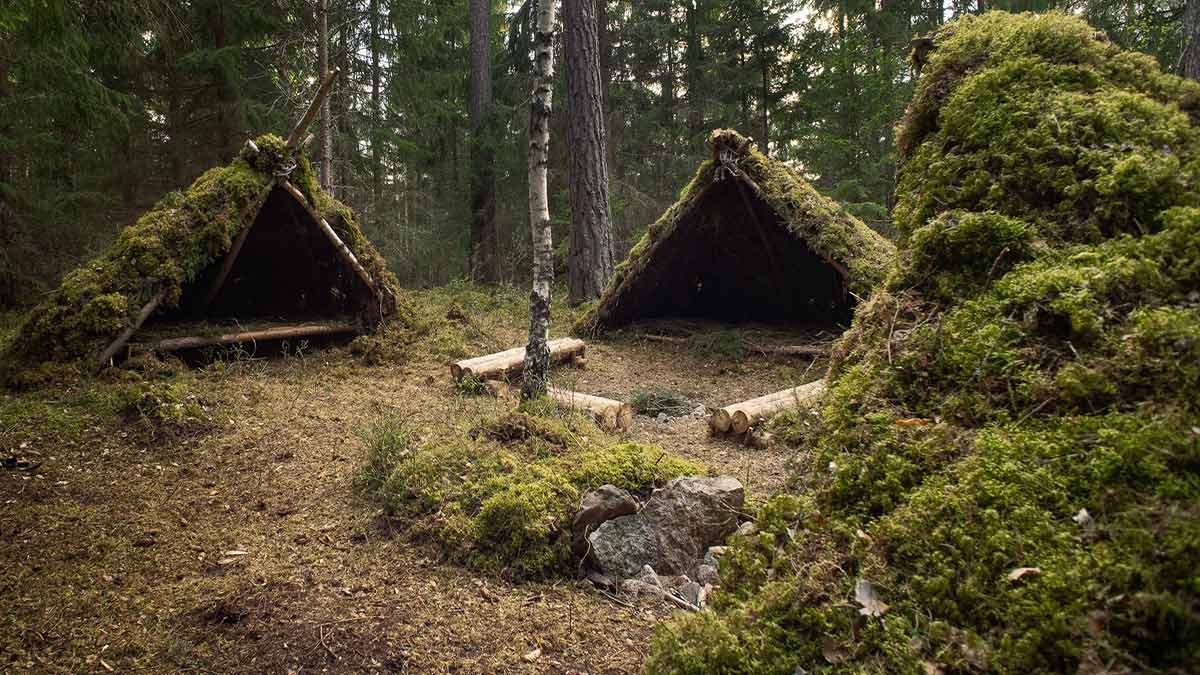
Water and Food: Sustaining Life in the Wilderness
No survivalist can ignore the importance of clean water and food when tackling the unexpected challenge of survival.
Water Source Identification
Finding and purifying water is a challenge that you must be prepared for, as dehydration can be a silent killer.
Locating Water: Streams, rivers, and dew can all be sources of water. Remember, the presence of animals often indicates a nearby water source.
Purification Process: Boiling water is the most reliable method but having a backup like water purification tablets in your survival kit can be a lifesaver.
Foraging for Survival Food
Nature provides, and with the right knowledge, one can tap into a variety of natural food sources.
Edible Plants: Knowing which plants are safe to eat, like dandelion greens or berries, requires expertise but is a game-changer.
Hunting and Trapping: Although a more advanced skill, being able to catch a fish or snare a rabbit could mean the difference between thriving and merely surviving.
Gear and Gadgets: Equipping Yourself for Any Scenario
Survival gear is more than a convenience; it is a critical component of your readiness for outdoor adventures.
Crafting the Ultimate Survival Kit
A well-prepared survival kit is your best friend in an unexpected situation. It should contain items that address shelter, fire, food, and first aid needs.
Must-Have Items: This includes a knife, compass, aid kit, fire starter, and more. Be strategic about what you include, ensuring each item serves multiple purposes.

Enhancing Wilderness Survival Skills for Every Scenario
The wilderness offers grand adventures but also poses challenges that test even the most skilled survivalists. In these moments, possessing robust wilderness survival skills is vital for success and safety.
Advanced Shelter Techniques for Rugged Terrain
In the wilderness, your ability to construct a sturdy shelter can be the defining factor between comfort and exposure to harsh elements.
Elevated Platforms: In wet or snow-prone areas, knowing how to build a shelter off the ground can keep you dry and warmer, providing safety in an emergency situation.
Reflective Shelters: Incorporating reflective materials such as an emergency blanket into your shelter design can help retain body heat during cold wilderness survival situations.

Mastery of Fire Starters in Adverse Conditions
Creating fire is crucial, and in damp conditions, standard fire-starting methods may falter.
Improvised Fire Starters: In a pinch, wilderness adventurers harness basic skills to turn everyday items into fire starters—think a battery and steel wool or eyeglass lenses to focus sunlight.
Water Procurement Under Duress
Finding water is imperative, and in some environments, it requires ingenuity and deep survival skill knowledge.
Water From Unlikely Sources: Extraction techniques such as tapping a tree for sap or collecting transpiration water from leaves can be invaluable when conventional water sources are scarce.
By continually refining these advanced wilderness survival skills and staying prepared, you embrace the heart of a true adventurer, ready to face the unpredictability of nature with confidence and resilience.
Navigating the Wild: Orientation and Signaling Techniques
In the wild, a sense of direction is invaluable. Getting lost can turn an outdoor adventure into a survival situation real quick.
Using a Compass and Reading Maps
Navigation Basics: Understanding how to read this instrument and map can guide you to safety. It's a crucial part of any outdoor skill set.
Natural Navigation: Beyond it, celestial navigation and understanding the natural environment can help you find your way.
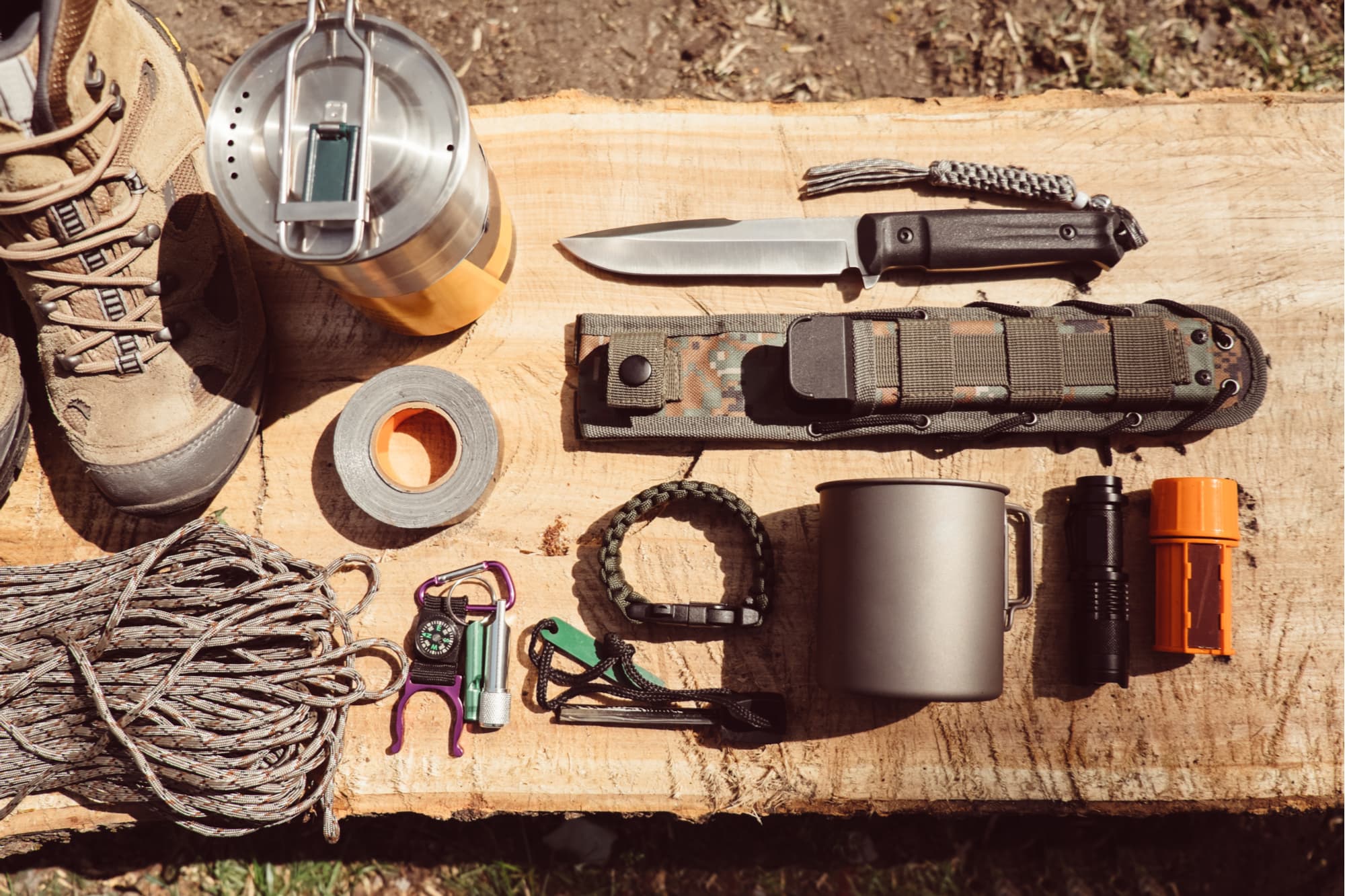
First Aid and Emergency Protocols
Preparedness is the key when it comes to handling injuries and health emergencies in the wilderness.
Basic First Aid Skills
Treating Wounds: Knowing how to clean and dress a wound can prevent infections.
Handling Heat Exhaustion: Recognizing and treating heat-related illnesses can save lives, especially in hot, arid climates.
Tying it All Together: Knots and Cordage
These may seem trivial, but they are the backbone of many survival techniques, be it in building a shelter or securing gear.
The Art of Knot-Tying
Essential Knots: Mastering a few basic of them, such as the bowline or square, is vital. These have withstood the test of time and the rigors of the wild and are an essential skill.
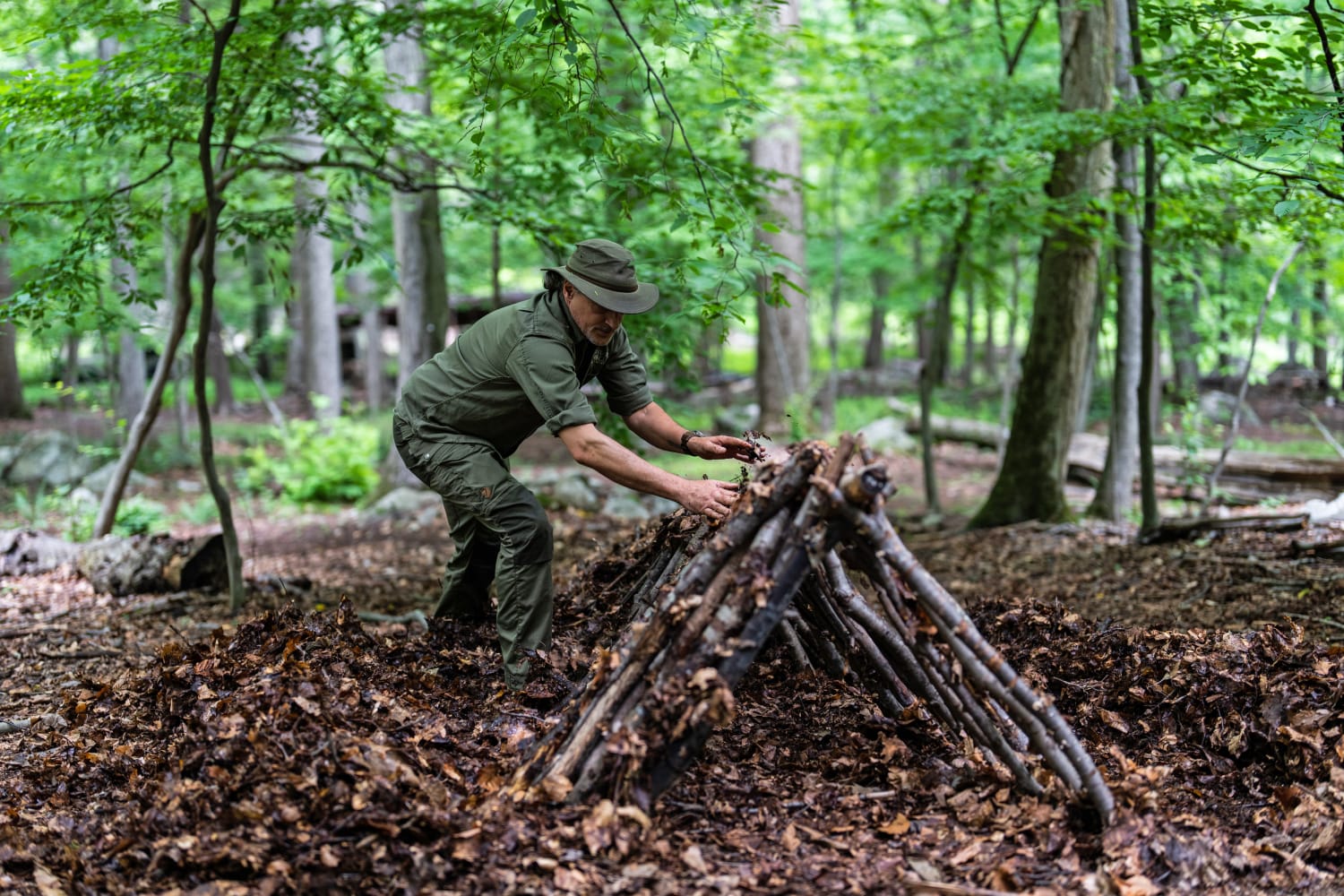
The Essence of Preparedness: Enhancing Your Wilderness Survival Arsenal
Embarking on any outdoor adventure requires not just a heart filled with excitement, but also a mind equipped with essential wilderness survival skills that ensure you can tackle any unexpected situation with finesse.
The Nuances of Fire Building Techniques
Igniting a flame is both an art and a science. Beyond understanding fire safety, it's about nurturing a small spark into a roaring fire.
Efficient Use of Tinder: Collecting appropriate fire materials like dry leaves, birch bark, or even fluff from your pockets can change your fire house experience.
Maintaining Your Flame: Once you've successfully started a fire, it's crucial to maintain it through proper fuel addition and ventilation—survival skills that often prove invaluable in a wilderness survival situation.
Crafting Tools from Nature's Bounty
Exterior skills go beyond what is learned; they are often improvised on the spot, using 100% earthy materials to create tools and necessities.
Natural Crafting: From sharpening a stick into a spear for fishing to weaving branches into a basket for berry collecting, the ability to use natural materials creatively is a hallmark of true wilderness adventurers.
Survival Gear Beyond the Basics
While a standard kit contains the bare essentials, true preparedness means having gear that can serve you in more complex situations.
High-Tech Tools: Items such as a solar-powered charger or a multi-tool with various attachments can be incredibly useful when faced with an unexpected challenge.
Customization for the Kid: When camping with a child, consider adding kid-friendly items to your aid kit, such as colorful bandages or child-appropriate antiseptic solutions to keep things not just safe but also child-friendly.
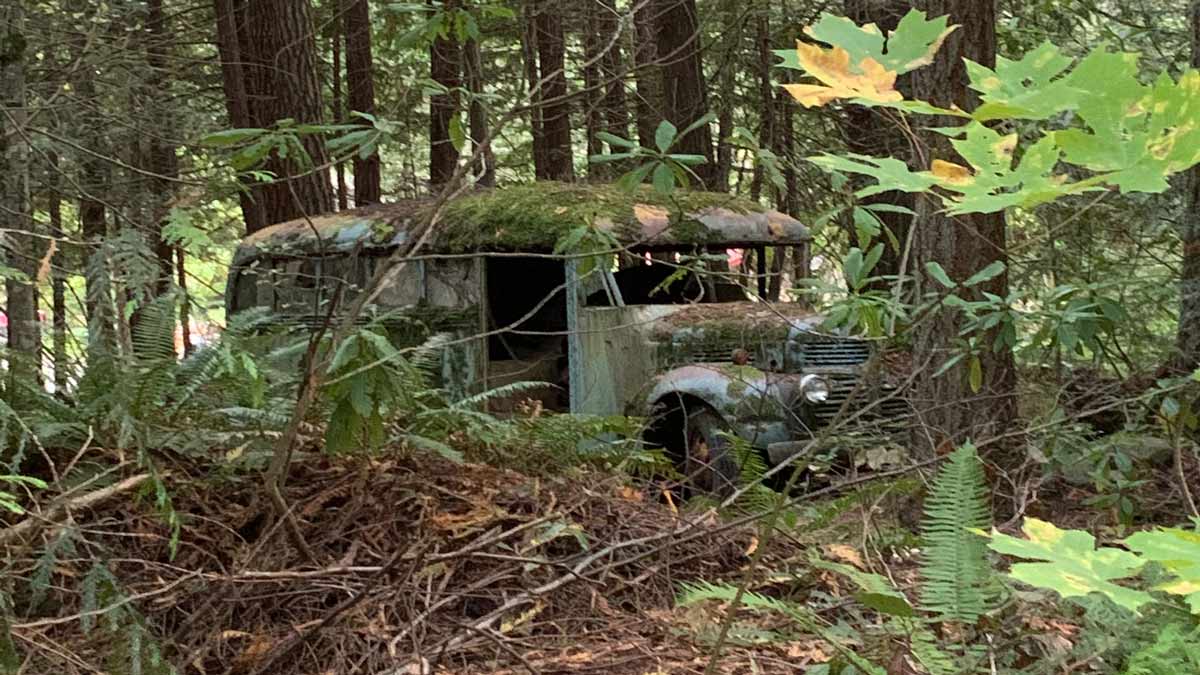
Coping with Nature's Fury: Building Resilience Against Natural Disasters
Wilderness survival often intersects with the ability to withstand and adapt to natural disasters, making this one of the most critical areas of survival skills to master.
Planning for the Unpredictable
Ahead of the Storm: Understanding weather patterns and knowing how to create a disaster-ready shelter can be your best defense in a crisis.
Emergency Drills: Practice mock emergency situations so your response becomes second nature; this can be particularly enlightening and even fun when done as part of a camping activity.
Surviving the Aftermath
Post-Disaster Skills: After a natural disaster, skills in navigation, signaling for help, and sourcing water become more crucial than ever. Training in basic survival skills is thus indispensable.
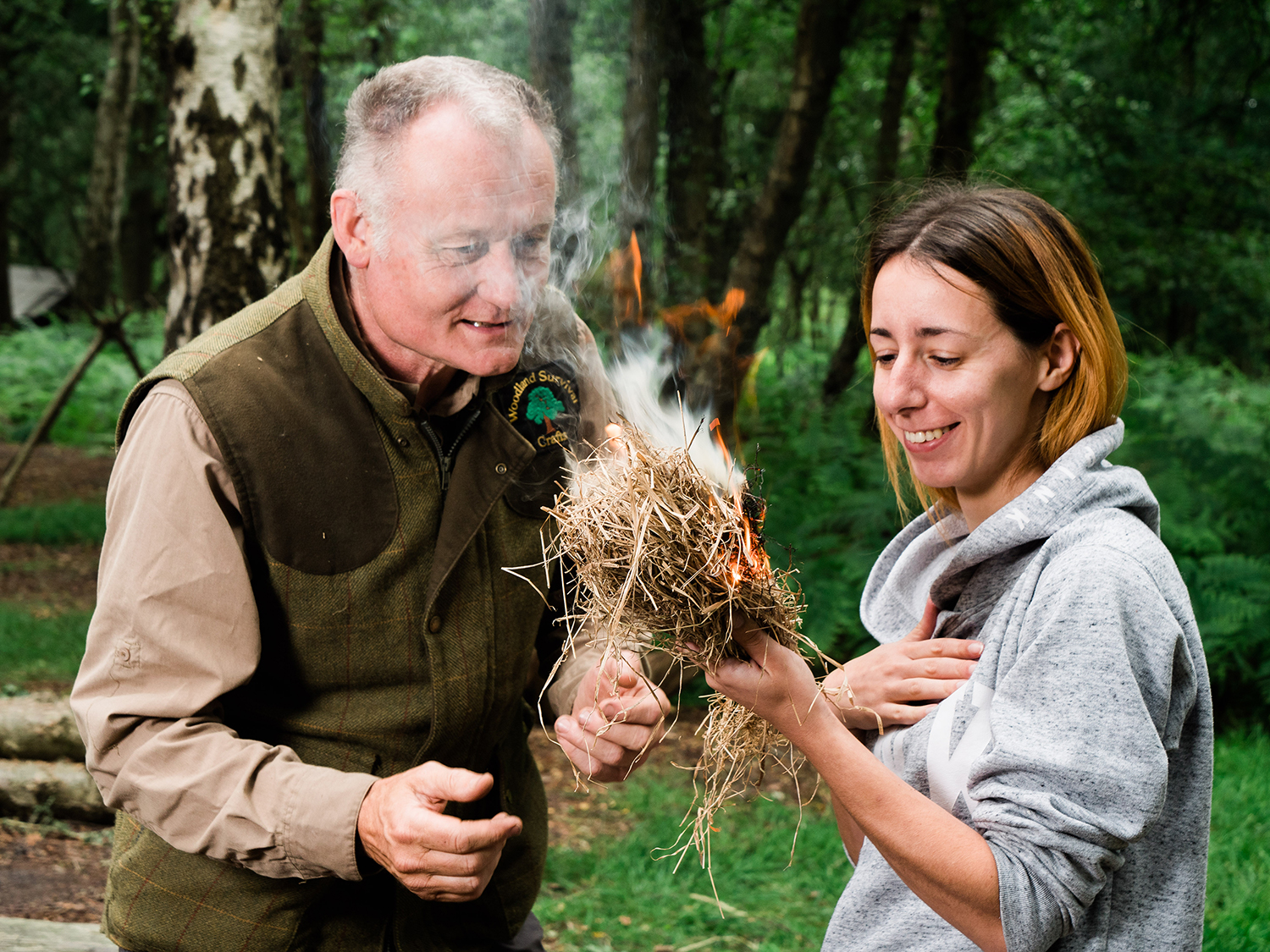
Braving the Cold: Winter Wilderness Survival Techniques
Cold environments present a unique set of challenges, demanding a tailored approach to survival.
Hypothermia Prevention
Staying Warm: Strategies for heat retention, such as layering clothes and understanding the science of body heat, are essential.
Insulation Techniques: Using natural materials to insulate shelters or even clothing can make a significant difference in cold climates.
Movement and Energy Conservation
Efficient Travel: In snow or cold conditions, knowing how to move without exhausting your energy reserves can save your life. This includes understanding how to traverse snow and ice and when to take necessary breaks.
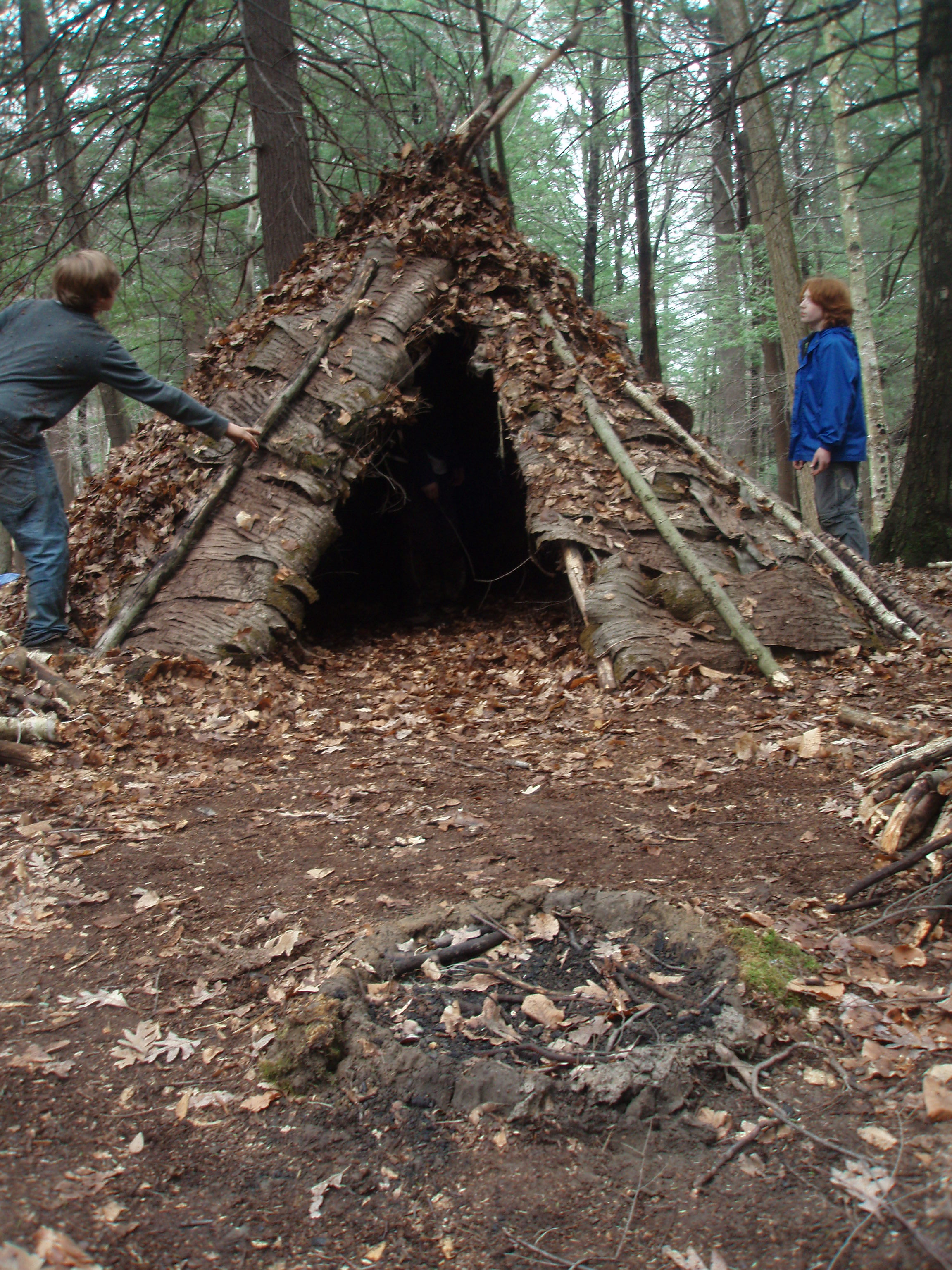
Coexisting with Wildlife: Safety and Respect
When venturing into North America or any wilderness, you're a guest in the home of countless wildlife species. Knowing how to interact safely with these residents is a cornerstone of outdoor skills.
Understanding Animal Behavior
Observation Skills: Learning to read signs of wildlife presence and behavior aids in both marveling at these creatures and avoiding dangerous encounters.
Preventative Measures: Secure food storage and knowledge of what to do in an encounter with predators are skills everyone in the wilderness should possess.
Elevating Your Wilderness Acumen
Embracing the realm of any natural survival technique is a continuous process, where each experience solidifies your ability to face the uncertainties of the wild. Augment your outdoor skills, refine your survival techniques, and venture forth with confidence. Nature awaits your spirit of adventure and preparedness. Enjoy your journey, and remember—survival is not just about enduring; it's about thriving in harmony with the great outdoors.
Remember, each survival skill you acquire not only increases your odds of prevailing in a survival situation but also enriches your outdoor experience. The key to becoming proficient in wilderness survival is practice, patience, and a constant thirst for knowledge.
Your survival journey is a never-ending one, filled with learning, adaptation, and personal growth. Equip yourself with these survival skills, practice them regularly, and you'll be ready to face whatever the wilderness throws at you with confidence. Happy adventuring, and stay safe out there!
